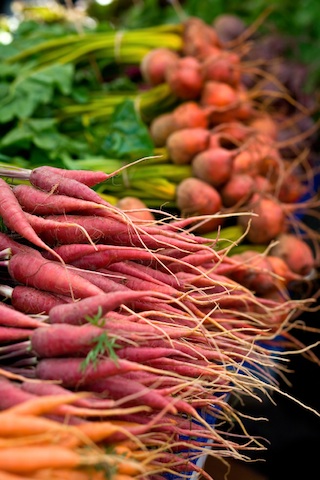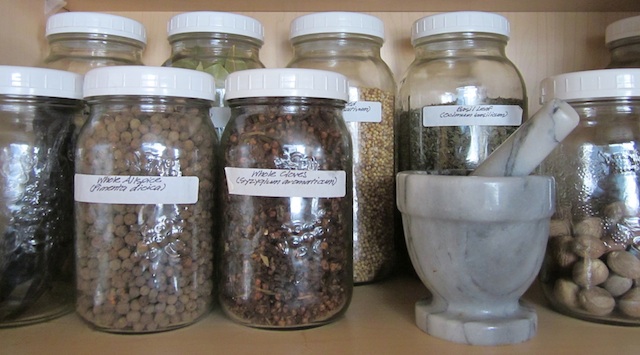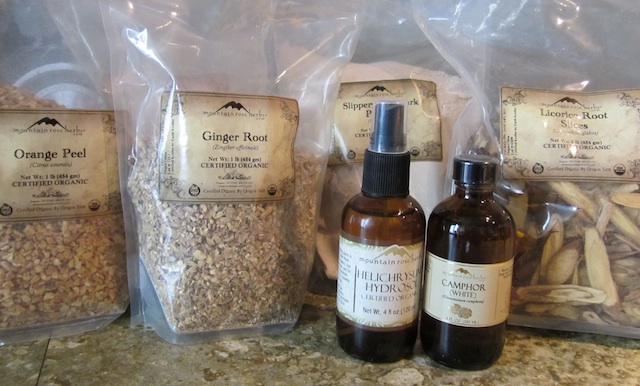GO BOX Storage has just opened a new Facebook Page called the GO BOX Permaculture Project. Please go and “Like” us! We appreciate the support.

Growing your own food is a very liberating experience. Start your own urban homestead and be healed by real food.
In our society, growing food yourself has become the most radical of acts. It is truly the only effective protest, one that can ? and will ? overturn the corporate powers that be. By the process of directly working in harmony with nature, we do the one thing most essential to change the would ? we change ourselves.
Jules Dervaes
This post is an index of all the gardening and farming experiences we have had over the last few years. During our time in Kamloops we have greatly increased our knowledge about permaculture, forest gardens, and pasturing. We have learned how to slaughter and process meat and fowl. We have learned about secondary food processing. I have watched my health, and the health of my family, get better. Good food is a real healer.
We have become aware that food is a political issue. Just talking about food becomes a political discussion very quickly. Unlike?Jules Dervaes, I am more concerned with government forces that create the regulations, rather than corporate forces that may be working in the background pulling stings. Governments have the power to create laws which control the courts. Government created laws are backed up by the use of force and imprisonment. Corporations might dream of having this kind of power but it’s only a dream. Corporate powers can lobby but the real power sits with government.
There are political decisions being made right now that are resulting in greater barriers for small scale farmers and ranchers to sell their products to the public. This means you will have greater difficulties finding local food. These problems seem to be intensifying right now, or maybe I am just becoming aware of what has been going on for a very long time.
Producing our own food has been a fascinating journey. I hope that sharing our experiences will encourage others to grow their own urban homestead. Doing so will increase food security for everyone. I hope these stories will also help people who are disconnected from their food supply to appreciate the work that goes into producing quality food.
Local Food
Eating Local Challenges: Part I
Eating Local Challenges: Part II
Winter Storage
U-Pick Strawberries, Cherries and Blueberries for Winter
Winter Storage Part I
Winter Storage Part II
Storing Soft Fruits
Pasturing, Forest Gardens, Permaculture and Gardening
Terracing a Slope and Planning a Pasture
Making Friends with Deadlines
Pastures, Electric Fences and Milking Problems
Predators and Neighbors
Learning About Garden Weeds
Chickens
Chicken Scratch and Fresh Grain for Home Milling
Chicks, Chicks and More Chicks
We Have Organic, Soy-Free Eggs
Dairy
Looking for Pasture for Dexter Cows
Kamloops Herdshare Program
Patty’s Second Birth
Milk, Milk and More Milk
Change of Plan
Looking for Another Cow
Olivia’s New Calf
Olivia and Cinnamon
Olivia’s Illness
Patty’s Third Birth
Slaughtering
Slaughtering Chickens
Whizbang Chicken Plucker
Visit to the Killing Floor at Kam View Lake Meats
Slaughtering Chickens II
Heritage Hogs and Ranfurly Farm
Slaughtering Lambs and Hogs
Food Philosophy, Food Politics and Food Security
Slaughtering in BC: Information You Need to Know
Pastured Poultry Profits
Let’s Talk About Raw Milk Safety
Joel Salatin’s Vision of a Local Food System
Speak Softly and Carry a Big Stick
Wrong Turn
Are you a producer or a consumer?


